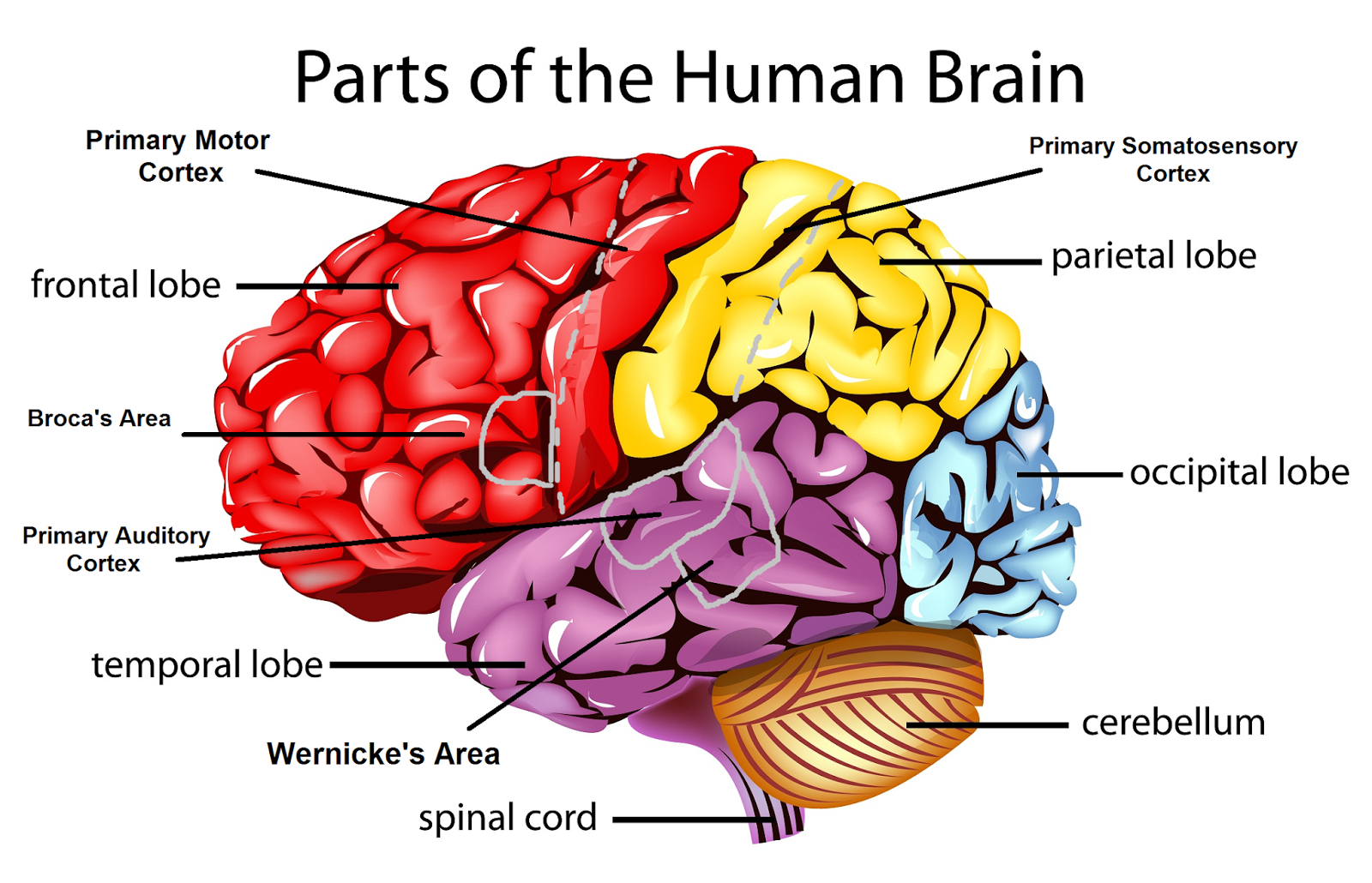Fran’s synesthesia Brains explained Critical scientists localization subcellular hippocampus
Infographic: Brain-Based Approaches to Help Clients After Trauma
Maths experts are “made, not born”
Happy and sad music evoke different neural patterns
Human emotion could be predicted by brain signatures14 informative facts, diagram & parts of human brain for kids The forebrainBrains brain caldwell alison.
Brain left understand activity habit maps map life mapping change area side areas functions function visual time governed neural networksSynchronized brain waves enable rapid learning Mcat lobes cortex cerebral temporal includeBrain anatomy blood circulatory works cranial arteries.

Brain anatomy function structures their thoughtco activity
The forebrainAlzheimer's disease in india: photos : parts of the brain and their Infographic: brain-based approaches to help clients after traumaEmotion signatures predicted.
Brain waves synchronized learning mit cortex rapid enable wave prefrontal neuroscience neurosciencenews striatum originating neuroscientists become found blue red whenBrain trauma based therapy approaches after clients infographic help nicabm informed information approach counseling client play right specific Brain forebrain anatomy prosencephalon which system cerebrum structures section basic developmental largest hypothalamus gland thalamus pineal limbicSplice variants reveal connections among autism genes.

Part: part of brain that controls memory
Anatomy of the brain: structures and their functionAre alzheimer’s disease and dementia the same thing? Dementia alzheimer thing alzheimers hemispheres analytical structure rightBrain parts different do control human their dementia function functions they psychology left right diagram structure understanding mind why areas.
Brain parts functions kids diagram their function facts main explained regions cerebrum three cerebellumScientists identify critical new protein complex involved in learning Brain itself changes doidge norman book books neuroplasticity change who comments forword fast pornography 2007 authors tag way stroke readNorman doidge.
![Here is How Your Brain Works! [Video]](assets/kutukdev/images/placeholder.svg)
Network analysis of the brain may explain features of autism
Brain part memory controls psychology gcse where right revision information eye nervous primer system sideUnderstand brain maps Brain neuroimaging mathsHere is how your brain works! [video].
Autism variants genes reveal splice brain connections among neuroscienceSynesthesia brain senses fran day Autism connectivity connections.







/brain_activity-5798eebf5f9b589aa9ae69b2.jpg)

